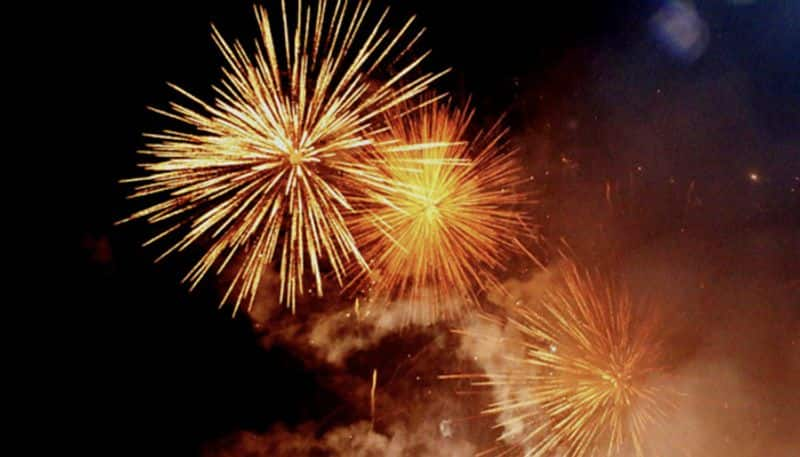While Diwali or Deepavali is a largely celebrated Hindu festival in India, the festivals significance has several differences in the North and South. From the amount of days it is celebrated for, to what each day marks, here are the differences.
In the north, Diwali is celebrated for 5 days, which begins with Dhanteras - a day when people purchase gold as a sign to bring prosperity into their lives, while in the south celebrated for 4 days and starts on Ashwin Krishna Paksha Chaturdasi and is known as Naraka Chaturdasi.
Diwali in the north marks the return of Lord Rama from exile after 14 years, while in the south Deepavali marks the victory of Lord Krishna over demon Naraka.
Diwali is usually celebrated 18 days after the Dussehra festival, known as Dhanteras, which marks the first day of the festival where people begin to clean their homes and spread out colourful decorations on the floor, known as rangoli.
The second day is Choti Diwali, which is celebrated only in north India. Western, central, eastern and northern Indian communities celebrate Diwali on the third day, which is believed to be the darkest night of the traditional month.
In some parts of India, the day after Diwali is marked with the Govardhan Puja and Diwali Padva, which is dedicated to the relationship between a wife and her husband.
Some Hindu communities mark the last day as Bhai Dooj, which is dedicated to the bond between sister and brother, while other Hindu and Sikh craftsmen communities mark this day as Vishwakarma Puja and celebrate it by carrying out various chores in their work spaces.
Hindus of eastern India relate the festival with the goddess Durga, or her fierce avatar Kali, who symbolises the victory of good over evil. Simultaneously, Tamil and Telugu families come together to dedicate the day to Krishna when he overcame and abolished the evil Narakasura, which is a sign of victory of good over all evil.
Last Updated Nov 7, 2018, 4:02 PM IST











![Salman Khan sets stage on fire for Anant Ambani, Radhika Merchant pre-wedding festivities [WATCH] ATG](https://static-ai.asianetnews.com/images/01hr1hh8y86gvb4kbqgnyhc0w0/whatsapp-image-2024-03-03-at-12-24-37-pm_100x60xt.jpg)
![Pregnant Deepika Padukone dances with Ranveer Singh at Anant Ambani, Radhika Merchant pre-wedding bash [WATCH] ATG](https://static-ai.asianetnews.com/images/01hr1ffyd3nzqzgm6ba0k87vr8/whatsapp-image-2024-03-03-at-11-45-35-am_100x60xt.jpg)



